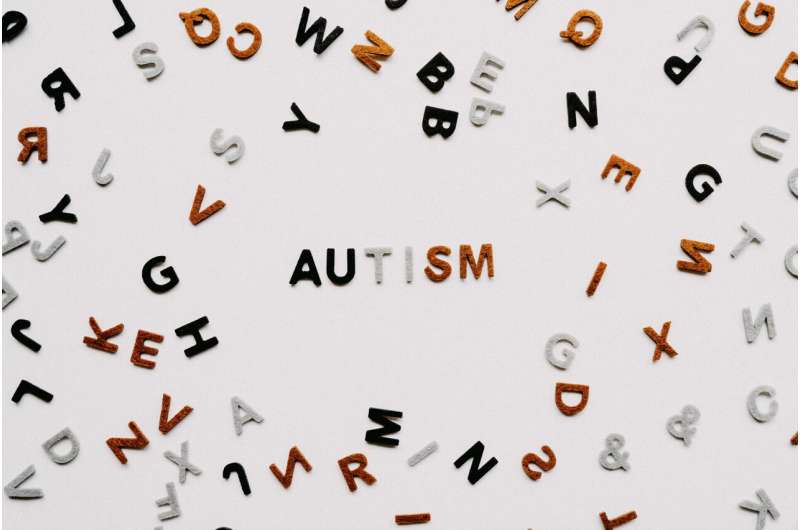Development of Biopsychosocial Criteria for Patients with Deafblindness

A new international initiative has established standardized biopsychosocial criteria for diagnosing and supporting individuals with deafblindness, enhancing global understanding and tailored services.
A dedicated team has formulated a comprehensive set of biopsychosocial criteria to better understand and assist individuals experiencing deafblindness. This condition involves concurrent impairments in hearing and vision, creating unique challenges that surpass those of each impairment alone. Traditional compensatory methods often fall short, leading to significant communication barriers and accessibility issues.
The variability in how deafblindness is defined and recognized across different countries has historically limited access to appropriate services. While regions like Quebec provide specialized rehabilitation programs, other nations lack such support, leaving families to manage without tailored assistance. Led by Walter Wittich, a professor at the University of Montreal, the international initiative aims to standardize understanding through a set of diagnostic codes inspired by the World Health Organization's International Classification of Functioning, Disability and Health (ICF). The ICF offers a biopsychosocial framework that captures the full spectrum of a person's functioning, surpassing purely medical models.
This initiative resulted in the development of a refined core set of codes specifically for deafblindness, facilitating clearer communication among healthcare and social service professionals worldwide. The process involved four stages: research review, interviews with affected individuals, surveys with professionals, and clinical scenario analysis. Over four years, experts in multiple disciplines gathered and synthesized insights, culminating in three distinct core sets: a comprehensive list for policymaking, a medium set for clinical interprofessional communication, and a concise brief set for individual patient assessments.
Looking forward, Wittich plans to extend this work by creating tailored core sets for children and youth, as well as for individuals using sign language or older adults with deafblindness. He emphasizes the importance of including the voices of deafblind individuals themselves, who have historically been underrepresented in research and decision-making processes. With an estimated 165 million people globally living with some degree of combined hearing and vision loss, these developments mark a significant step toward more inclusive and effective care.
Stay Updated with Mia's Feed
Get the latest health & wellness insights delivered straight to your inbox.
Related Articles
Innovative Use of Focused Sound Waves and Holography for Brain Circuit Control
A pioneering study demonstrates how holographic ultrasound techniques can noninvasively activate specific brain circuits, opening new horizons for neurological therapies.
The Role of Inhibition in Learning and Spatial Memory Formation
New research uncovers the crucial role of neural inhibition in enabling rapid learning and memory formation, with implications for Alzheimer’s and cognitive health. Explore how inhibitory circuits in the hippocampus act as gatekeepers for spatial memory.
Different Microglia Subtypes Linked to Autism-Like and Depression-Like Behaviors in Mice
New insights into brain immune cells reveal two distinct microglia populations that influence autism-like and depression-like behaviors in mice, opening doors for targeted neuropsychiatric therapies.



